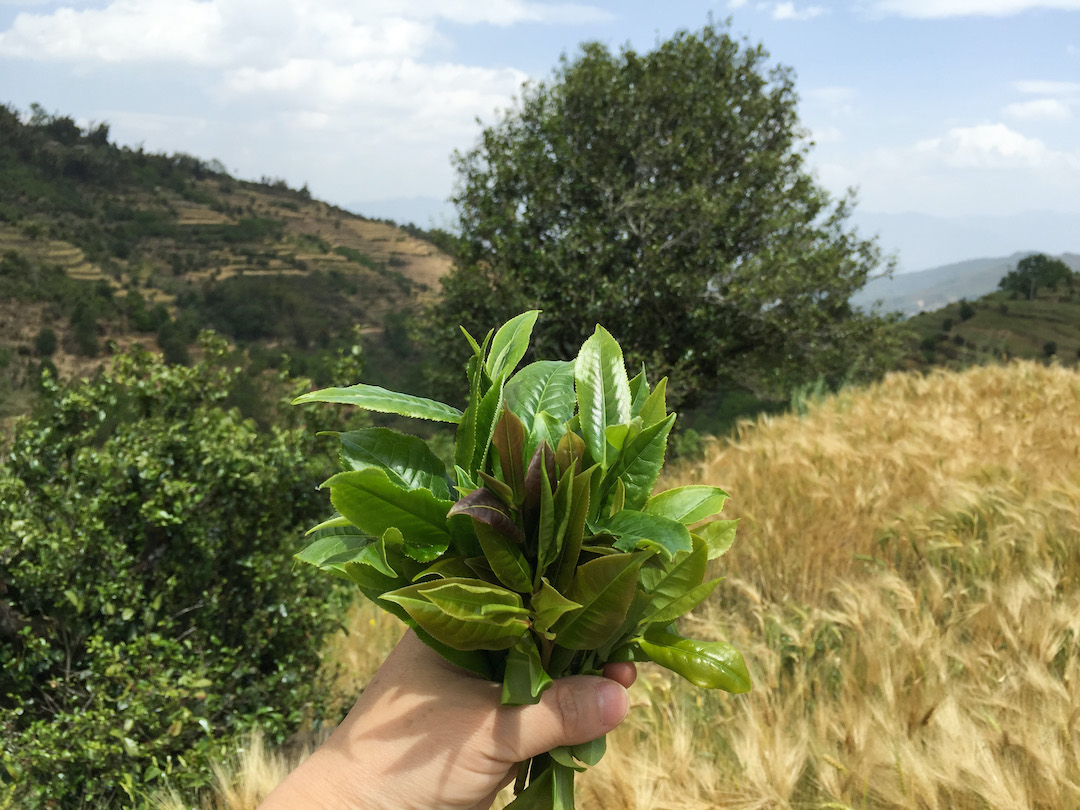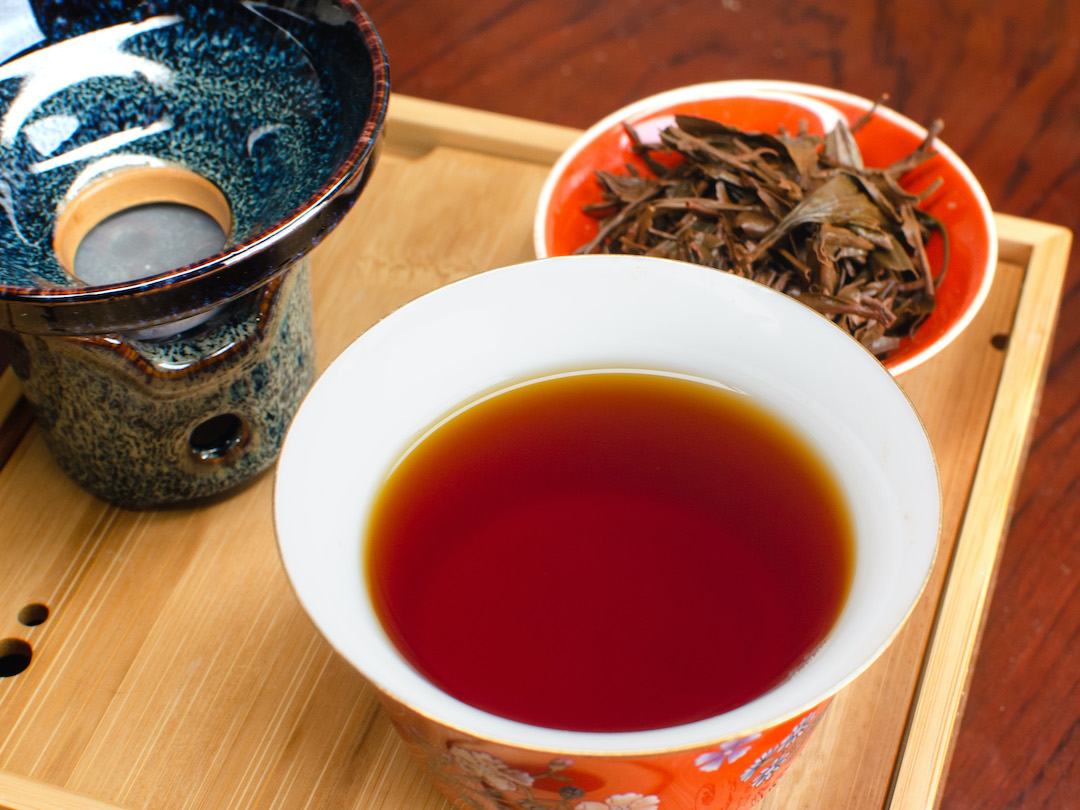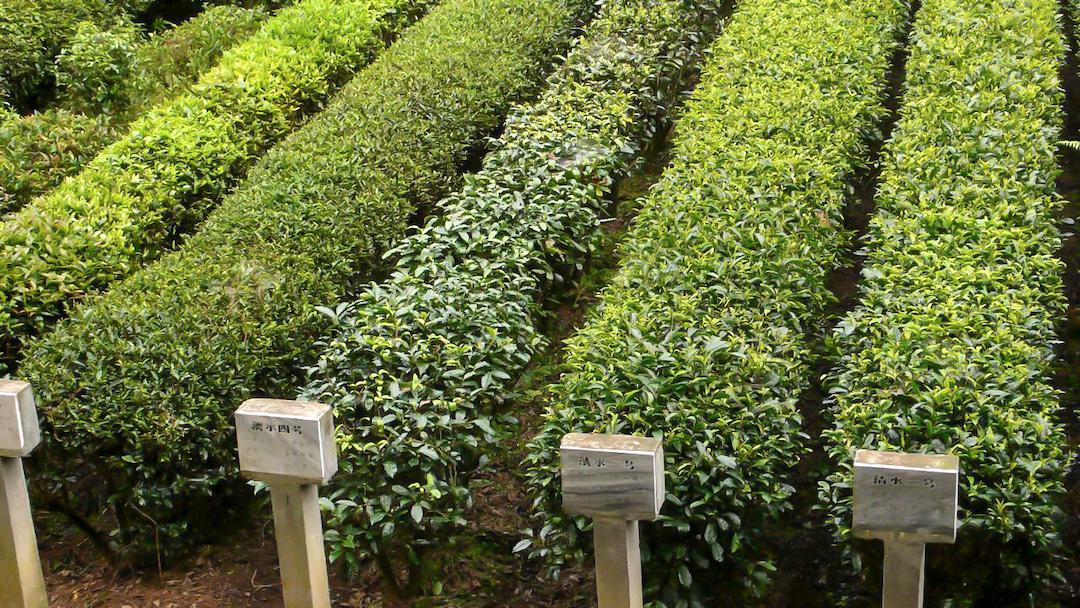Newsletter Feb. 17, 2023

This weekend we’re featuring all of our black teas from Yunnan, spanning the daily-drinker, the fancy, the unusual, and the avant-garde.
If that’s not enough to quench your thirst for deep-red infusions, we’re capping it all off by offering a very small amount of the legendary Zhongguo Hong (China Red) – an other-worldly black tea developed from the cultivars growing in the Fengqing Dianhong factory experimental garden.

The diversity of these teas speak to the dense history (and dense highland rainforest) of Yunnan as an origin. As the cradle of tea itself, you can’t find a better environment for growing both ancestor species like the Camellia taliensis in Laoshu Dianhong and recent odd darlings like the Zijuan purple leaf. It makes sense then, when China’s leaders sought to establish a new center for black tea production in 1938, they turned to this border province.
From then until the Pu’er boom of the late 1990s and early 2000s, black tea had been Yunnan’s commercial mainstay for decades. Although pu’er, green and jasmine scented teas were all in production during this time, black tea was the province’s most celebrated and visible style.
On the international level, Yunnan’s black tea was given as state gifts. On the personal level, it was most of what you could find there. On Austin’s first trip to Kunming in 2001, black tea was what many tea shops sold to represent the province (there was nary a cake of Pu’er to be found in the city at the time.) Even when Austin and Zhuping visited Mengku in 2005, the tea factory there was focused black tea production; this is a place that’s adjacent to origins that now produce some of the highest-priced sheng puer tea today.
It was clear then, as it is now, that Yunnan’s tea industry saw great value in its black tea – and for good reason. Dianhong is potent, velvety, spicy, richly colored, and fair to say, some of the greatest black tea on earth. We hope you enjoy this taste of this province’s rich black tea history.

